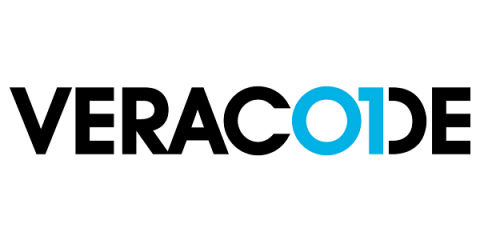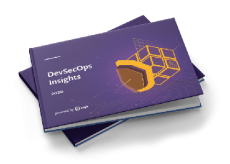Veracode Wins Best AppSec Feature Set and Customer Support Awards From TrustRadius
TrustRadius recently awarded Veracode with a 2021 Best Application Security Feature Set Award and Best Application Security Customer Support Award. These honors are given to companies that have gone above and beyond to delight their users. To win the Best Feature Set Award, each nominated organization had to receive 10 TrustRadius reviews in the past year that featured specific mention of their product’s feature set.




